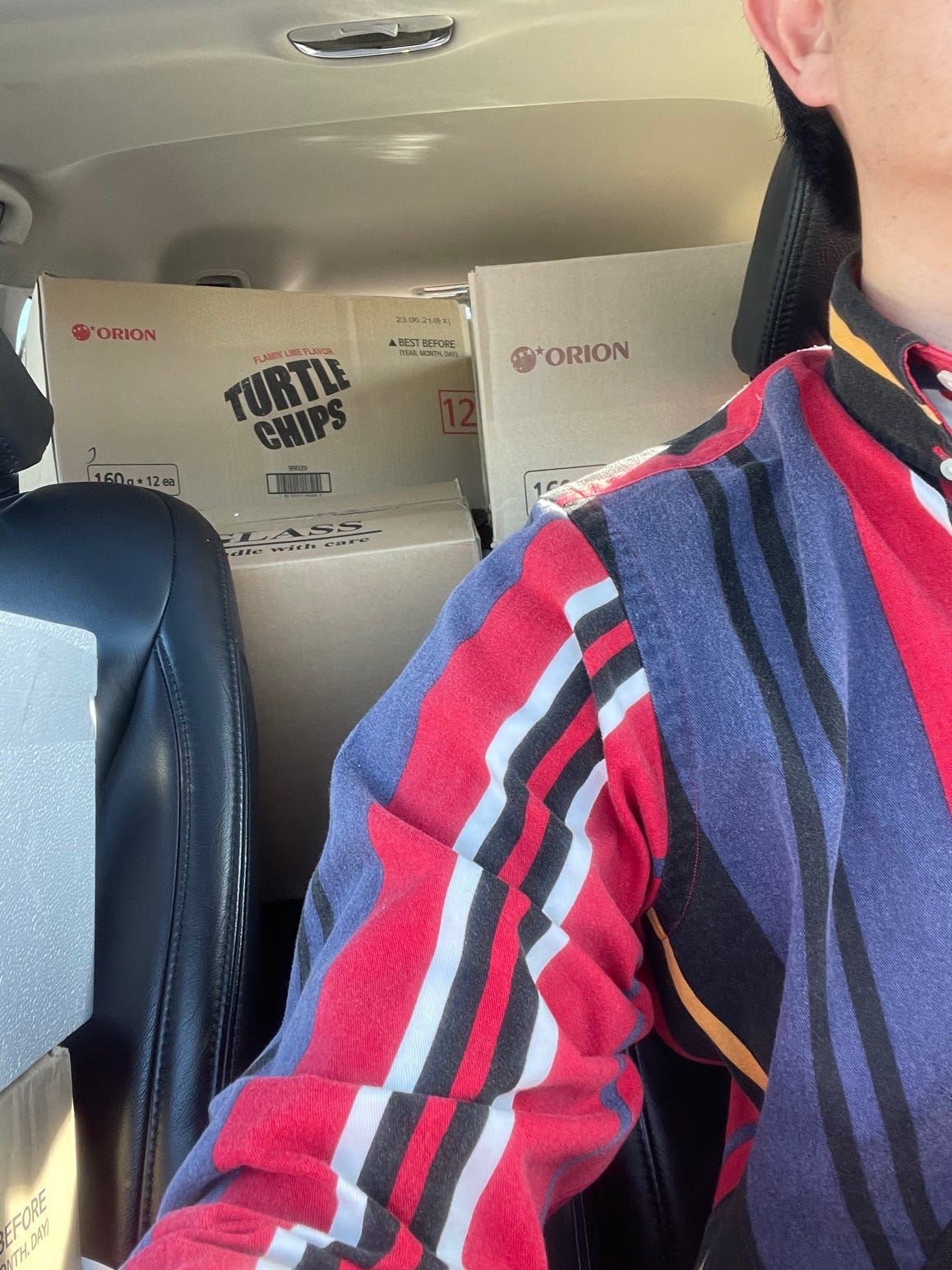Shrugs
Since we moved to San Francisco 8 years ago, we've been asked what we think of the Korean food here and why it's not that "good." These questions have only been amplified since we started Queens. It's only until recently that we've started to piece some things together to answer those questions.
The truth is that it's hard to determine what is good/traditional Korean food. But as much as the new (and OG!) spots here in San Francisco and the greater Bay Area have upped the Korean food standards over the past couple of years -- most would say it still lags behind in comprehensiveness and flavor compared to other cities, primarily LA and New York. Customers constantly ask us: "where can you get really good gamjatang/nengmyun/seollungtang/gukbap/soondae" in the city? And most of the time we just shrug our shoulders.
But before diving in, it's important to state the obvious -- the Bay Area has a smaller Korean population of 60,000 (20% of the Korean population in LA and 25% of that in NY) with only 8,500 living in San Francisco. Naturally, there are fewer restaurants, groceries, and other parts of the Korean food chain as well as folks who operate/work in them. This gap drives our theory around supply and demand for good Korean food in the Bay Area.Before opening and operating Queens, we would mostly do our grocery shopping at Kukje in Daly City and Woori on Fillmore. They generally had all the essentials but were always lacking in the breadth of their offerings. But now that we're in the grocery business, we realize it all comes down to the limited distribution of Korean products here in the Bay Area. There are around 7 main distributors here: Woosung, Saehan, Hong Hae, Daesang, Green Morning and Wang are the big ones. Because they all want a seat at the table, they have exclusives with specific brands. For example, Saehan distributes all of the Jinro soju products, Hong Hae carries all of the Orion (i.e. Turtle Chip) products, and Green Morning does all of the Pulmuone products. As a result, prices are easily controlled by these distributors. On top of that, a lot of these brands have their main distribution centers in Los Angeles, so they send what they can to the secondary markets such as Las Vegas and San Francisco -- meaning the best products don't always make it up here, especially perishables and raw ingredients.
What does make it up here? Because of the small market, it's naturally the items that sell! And what sells? Well, it's based on the market demand. Since the Korean population/market is so small, you get the idea...So, from observation as well as direct experience working with these distributors, distribution and product availability are two critical pieces to the question of why Korean food is second-tier in the Bay Area.
At Queens, we work with some of these distributors in a limited capacity for pantry items such as ramen, soju (green bottle), and snacks! However, a large part of our retail offering, we get from small producers in LA and directly from Korea. In our kitchen, 95% of our ingredients/produce/meat is sourced locally (non-Korean distributor). We are excited about the growing number of Korean/Korean-American farmers, producers, makers, and importers who are disrupting some of this old-school supply chain and reliance on big box brands and believe this is also a key component to higher quality Korean products, ingredients, and flavors!
OK, more to come on this but for another time!






